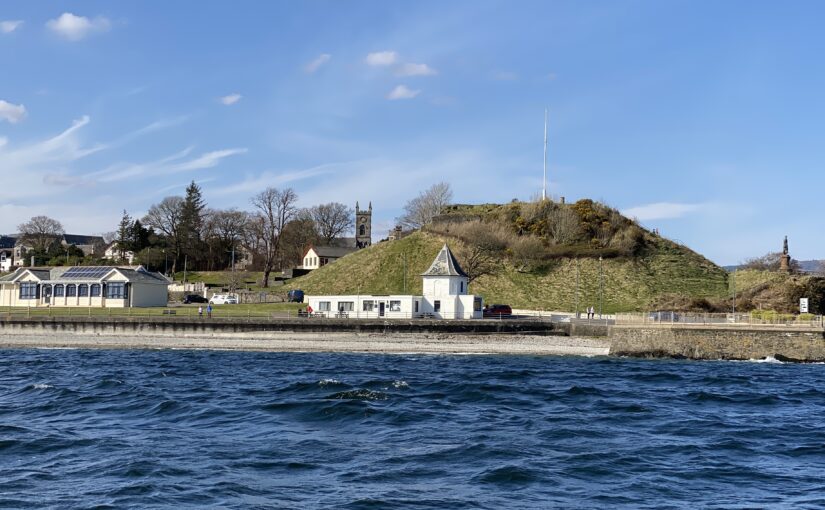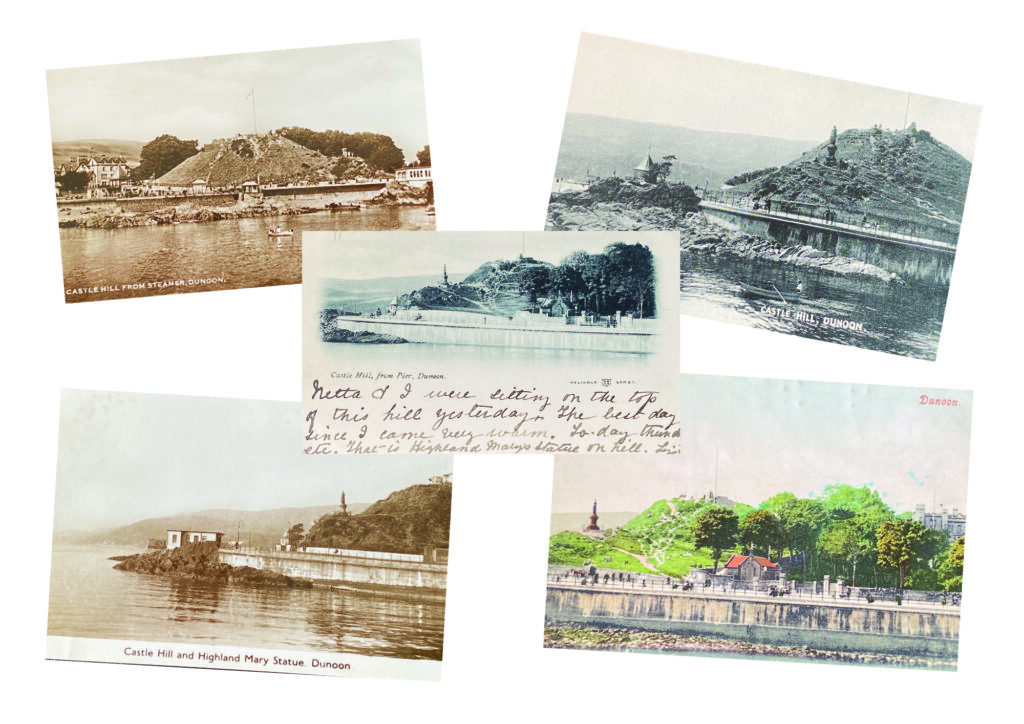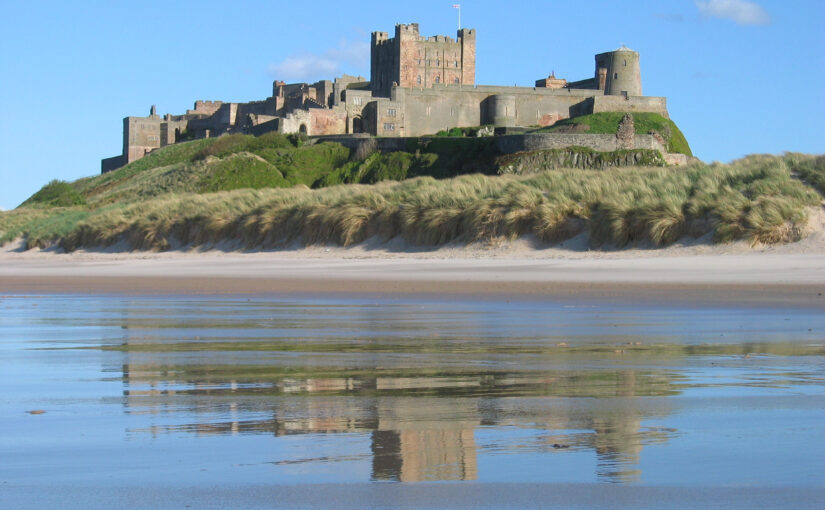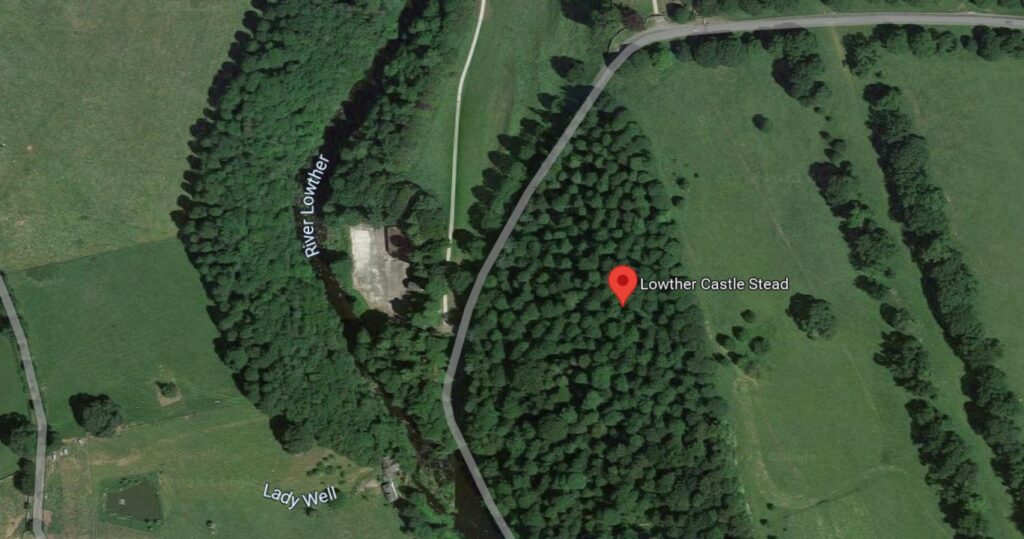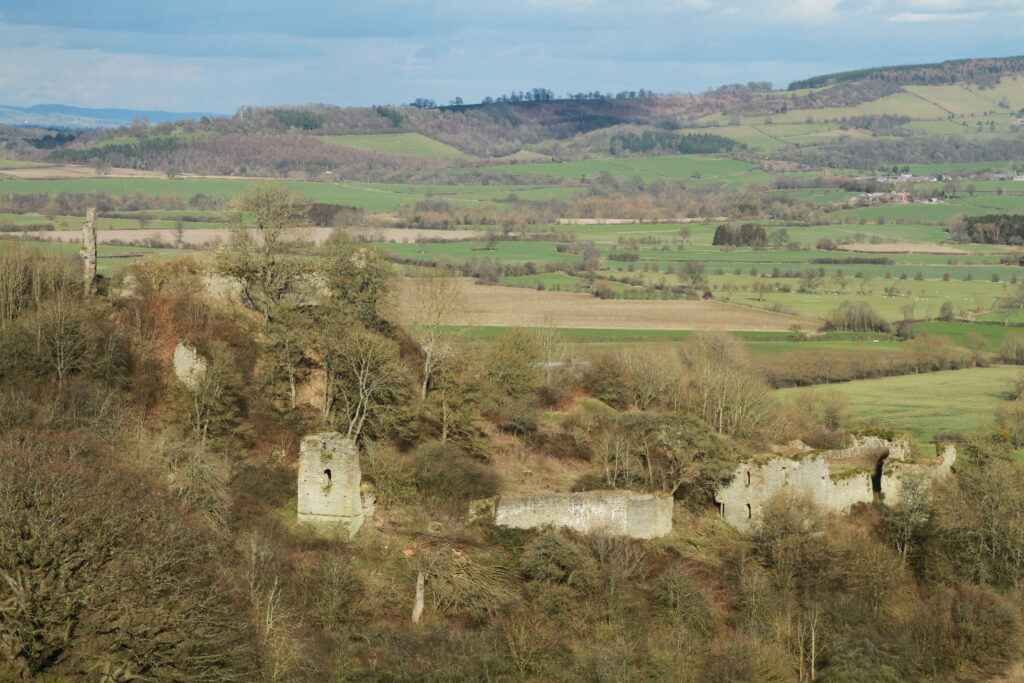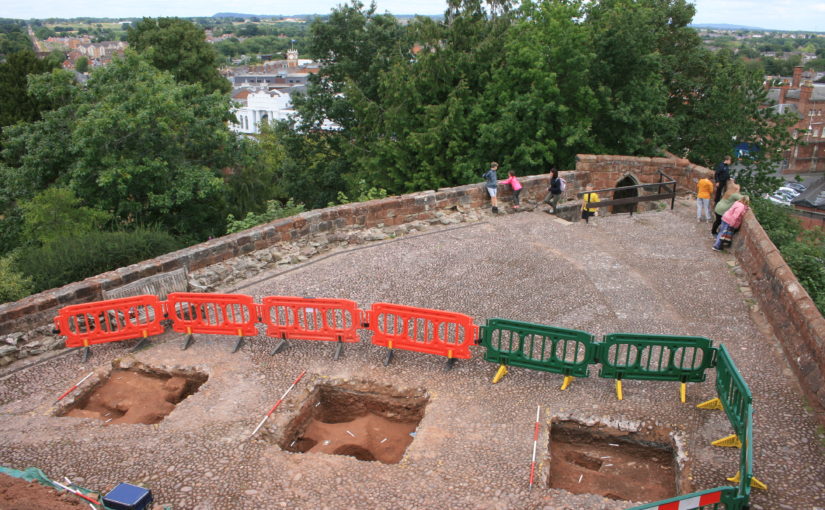Harriet Tatton, Programme Coordinator, DigVentures looks at the community focused geophysical survey of Dunoon Castle in Scotland.
In summer 2023, a grant from the Castle Studies Trust facilitated an exciting collaborative venture to reveal some of the hidden mysteries of Dunoon Castle, Cowal. DigVentures, in partnership with Argyll and Bute Council, the Dunoon Area Alliance, and Castle House Museum, designed a community-orientated endeavour to learn more about the site of Dunoon Castle and raise awareness of the heritage of the Castle House Park and Gardens.
Subscribe to our quarterly newsletter
The medieval stronghold, a scheduled monument, has long been shrouded in the enigma of its past. Thanks to the support of the Castle Studies Trust, a comprehensive geophysical survey and community activity program were initiated, providing a fascinating glimpse into the castle’s rich history.
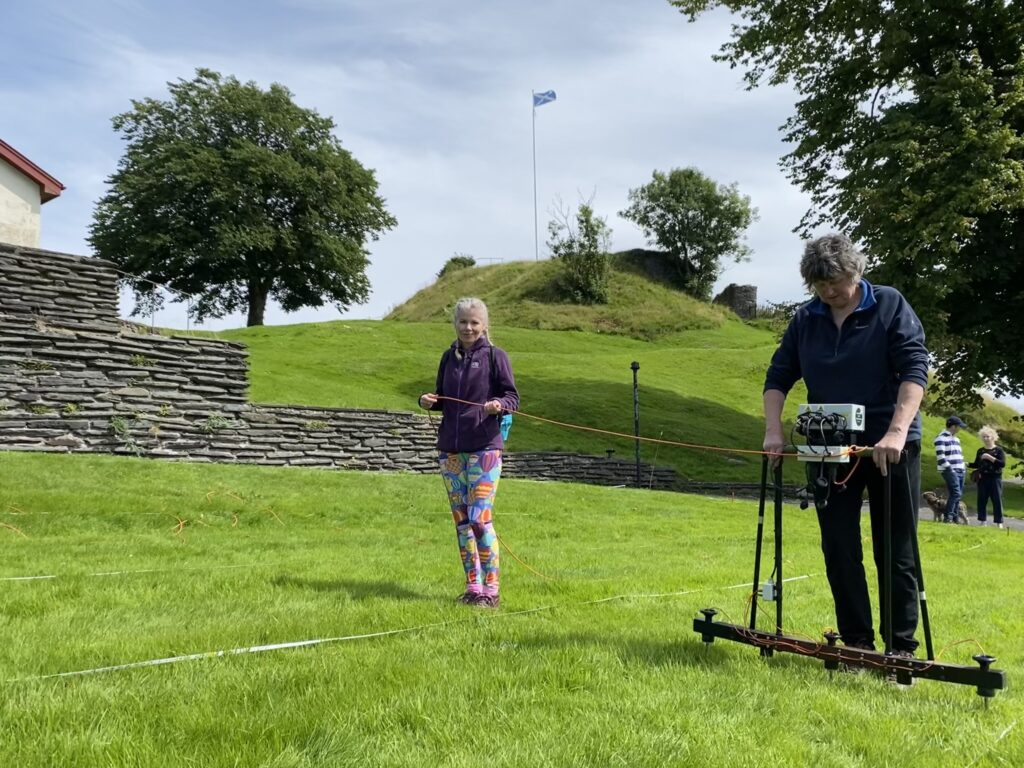
Professional archaeologists, building historians and amateur enthusiasts from the local community came together to conduct a non-invasive survey that aimed to unearth the secrets of Dunoon Castle and its surrounding parkland. The results not only contribute to the ongoing heritage management of the site but also enhance the narrative that can be shared by local heritage organisations such as the Castle House Museum. In total, just under 100 people were involved in the project, which included training workshops, a public talk and tours, and activities for children and young families.
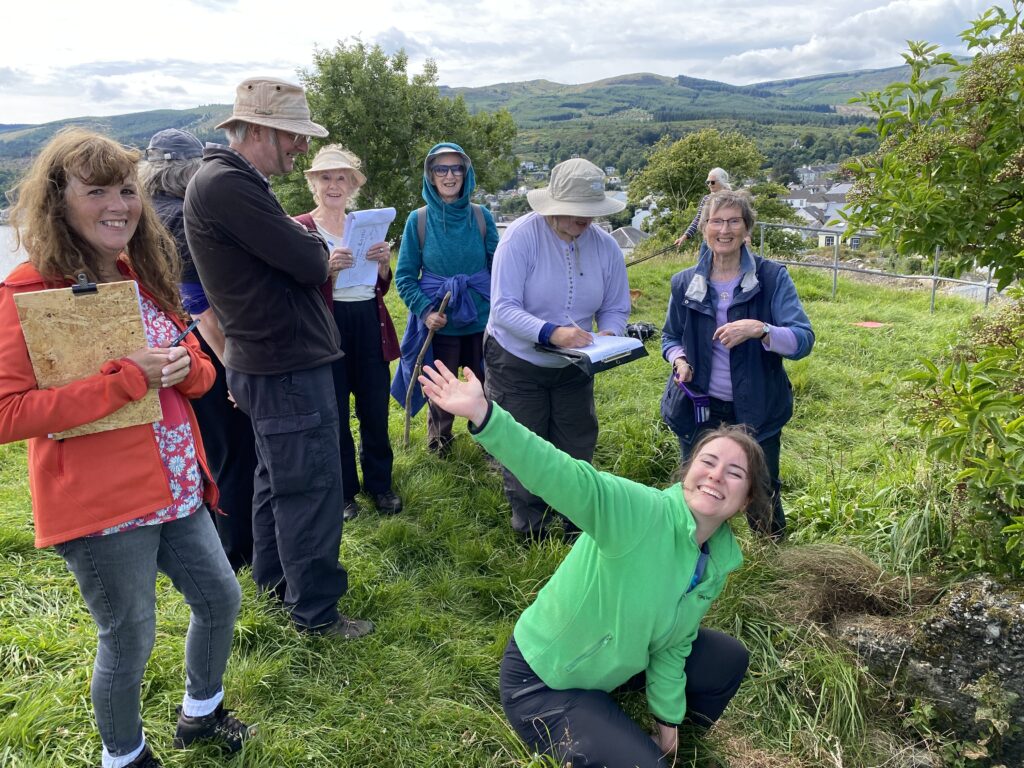
Dunoon Castle has stood witness to centuries of history. Documentary evidence traces its roots back to the early 13th century AD, and today, it stands as a modified natural mound with a curtain wall, hinting at its medieval past. There is debate over the castle’s original purpose, with suggestions ranging from a motte-and-bailey castle to a ‘castle of enclosure.’ Recent interpretations lean toward the latter, aligning with a group of castles built during the 12th and 13th centuries by successive Scottish kings.
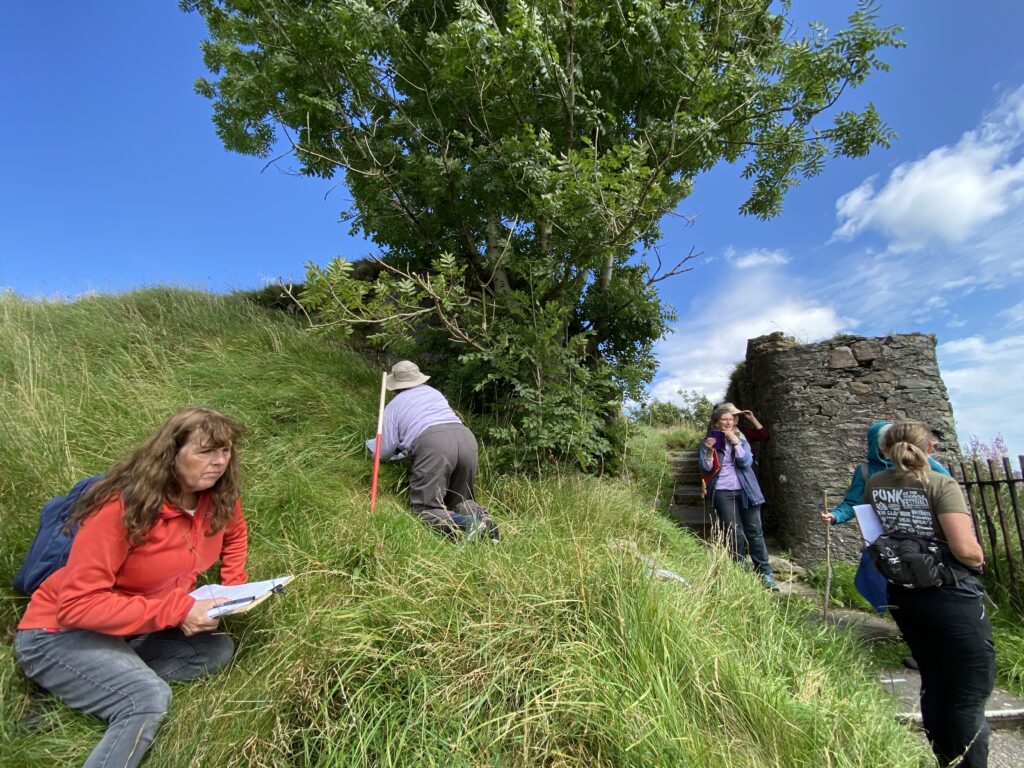
The castle’s complex history is evident in distinct phases. In the medieval and post-medieval era, Dunoon Castle played a pivotal role in Scottish history. From its Lamont origins, through conflicts and regencies, a visit from Mary Queen of Scots, to its eventual abandonment around AD1650, the castle witnessed tumultuous times. The 19th century marked a transformative phase as Dunoon Castle became a focal point for James Ewing’s architectural ambitions. His castellated mansion, set against landscaped gardens, turned Dunoon into a sought-after holiday destination.
As the 20th century unfolded, Dunoon Castle assumed new roles during both World Wars, serving as a strategic defence point with searchlights and coastal batteries. The aftermath of war saw the castle’s hill repurposed for military activities during the Cold War, reflecting the evolving strategic importance of the site.
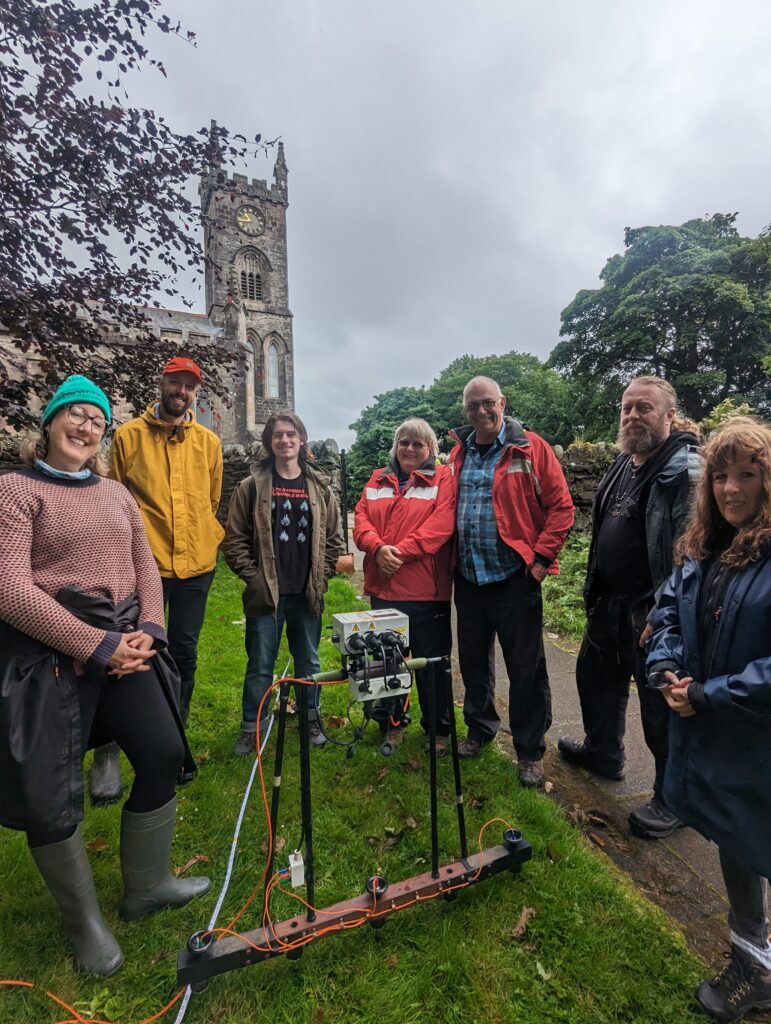
During the weekend of activities, DigVentures’ small team of archaeologists and local people aimed to make sense of this historical jigsaw puzzle. The magnetometer survey, conducted in areas north and south of the tennis courts and south of the castle museum, uncovered intriguing details. Possible garden wall foundations around the museum, features related to landscaping of the castle gardens, and remnants of former garden plots and a fire station emerged from the data, making sense of the castle’s historical evolution.
Simultaneously, the earth resistance survey corroborated these findings across the same areas, providing a comprehensive dataset for analysis. The revelation of garden features, potential gateposts, and additional elements related to the castle’s history further enriched the understanding of Dunoon Castle’s past.

Over the weekend, Dr. Louise Turner spearheaded a rapid historic buildings assessment of the castle remains, and although not an exhaustive survey, the assessment hinted at the Victorian origins of much of the visible walling within the castle ruins. Surprisingly, limited evidence was found for the earlier phases of the castle and raises intriguing questions about its earlier configurations; documentary evidence suggests that a castle has been present at the site since at least the 13th century, but very little of this phase appeared to be visible.
Subscribe to our quarterly newsletter
Complementing these efforts, historic building and aerial 3D photogrammetric drone surveys were conducted. These surveys not only highlighted obscured walls and earthworks but also uncovered hidden features concealed by vegetation overgrowth. A resulting topographic survey, compared against historical maps and surveys, revealed that a substantial portion of the castle walls, previously recorded, is now obscured or even considered submerged beneath the current ground level.
The findings underscore the importance of ongoing conservation efforts, as vegetation threatens to permeate the fabric of the surviving castle walls, potentially causing damage, in particular to the earlier, less visible phases of the castle’s structure. This collaborative project aligns with best practices outlined by Historic England, the Chartered Institute for Archaeologists, and the Europae Archaeologiae Consilium, ensuring the responsible and insightful exploration of Dunoon Castle’s captivating history.
As the dust settles on this archaeological venture, Dunoon Castle stands as a testament to the power of collaboration, community engagement, and cutting-edge survey techniques in unravelling the mysteries of the town’s history. DigVentures hopes to do more work at Dunoon Castle in the near future.
Subscribe to our quarterly newsletter
To look at the geophysical survey report you can go here: Geophysical surveys at Dunoon Castle | Castle Studies Trust
